Parathletes move mountains, with less media coverage
September 22, 2016
Forty, 44, 31: these are the number of respective gold, silver, and bronze medals won by U.S. Paralympians in Rio this month. One hundred fifteen medals, 115 champions with 115 stories, and who knew? Coverage of the Paralympic Games has much to offer both sports enthusiasts and U.S. patriots. Yet the Paralympic Games remain underreported and minimally celebrated. There is debate as to the reasons for the disparity of support provided to U.S. Paralympians who compete in the second largest sporting event worldwide.
Since the first Paralympic event in 1948, the International Paralympic Committee has developed a system of 10 eligible competitor impairment types with sport-specific sub-classifications to achieve a vision of enabling “Paralympic athletes to achieve sporting excellence and to inspire and excite the world.” This year, 4,342 Paralympians from 159 nations competed in 22 sports.
Still, low funding, promotion, and awareness persisted as a limiting factor for the 279 Parathletes who represented the United States in Rio. This is somewhat surprising given the extent of private national donations generated by the United States Olympic Committee, and considering that Paralympians are elite competitors for whom there has traditionally been American interest.
One explanation for disproportionate attention is the public’s tendency to confuse the Paralympics with the Special Olympics. Though both serve legitimate purposes, they differ fundamentally. Whereas the Special Olympics is an organization designed for the purpose of full inclusion, the Paralympics provides competition for exceptional athletes within various capacities of physical differences.
It is our loss as American citizens to neglect our Paralympians who represent our country in an international arena.
“I don’t play a disabled sport. I play an adaptive sport,” U.S. Paralympic volleyball champion Kari Miller said. In fact, it is suggested by many that Paralympians are greater athletes than their Olympian counterparts based on the unique set of challenges they overcome. As a whole, these role–model athletes demonstrate character, dedication‚ and sportsmanship without the promise of endorsement often squandered by fallen heroes such as Ryan Lochte and Hope Solo.
An institution’s popularity is a matter of media driving interest and interest driving media. Ultimately, the realms of athletics and broadcasting are businesses motivated by commercial decisions. Society “buys into” that which we are repeatedly exposed, and in turn, fosters greater media exposure. For example, it is a socially ingrained, media-dictated habit to watch football on Monday nights, and horse races in May.
Additionally, it is a Catch-22 that the disconnect between Americans and Paralympians can best be bridged through media coverage, but the mass media will not engage in coverage without the guarantee of public interest. Just as it has taken several decades for the United States to become commercially interested in soccer, interest in Paralympic Games can be similarly heightened through student involvement, public exposure, and media attention. It is encouraging that medals earned between U.S. Olympians and Paralympians are becoming increasingly proportionate. This is indicative of progressive change in opportunity for athletes, and is a predictor of increased cultural recognition. It now becomes our responsibility as citizens to further the advancement of recently implemented Olympic Committee allowances.
In response to a 2003 lawsuit filed by U.S. Paralympians against the United States Olympic Committee citing inequality of funding, concessions were made to standardize the Paralympic Games. These include: allowing the display of sponsorship logos in arenas, a contractual agreement that host countries sponsor both sets of games, and pressure placed on NBC to provide more comprehensive coverage. NBC provided 66 hours of televised Paralympic Games coverage, as well as comprehensive online reporting, a rise of 60.5 hours since the 2012 Games. Additionally, the Kellogg Company included Paralympic competitors on their “What Gets You Started” cereal box campaign.
The increasing number of states now mandating the inclusion of disabled student athletes into mainstream sports also helps the development of positive public opinion toward the Paralympic games.
This is “a critical moment not only for the U.S.’s approach to adaptive sports but to perceptions of disability in general,” Candace Cable, 12-time Paralympic medal winner said. It seems fitting that the chosen Paralympic symbol is three agitos, which convey the Latin meaning “I move.” I have the utmost respect for international Paralympic athletes who have moved barriers, moved stigma, moved the perspective of humanity, and are well on their way to moving mountains.

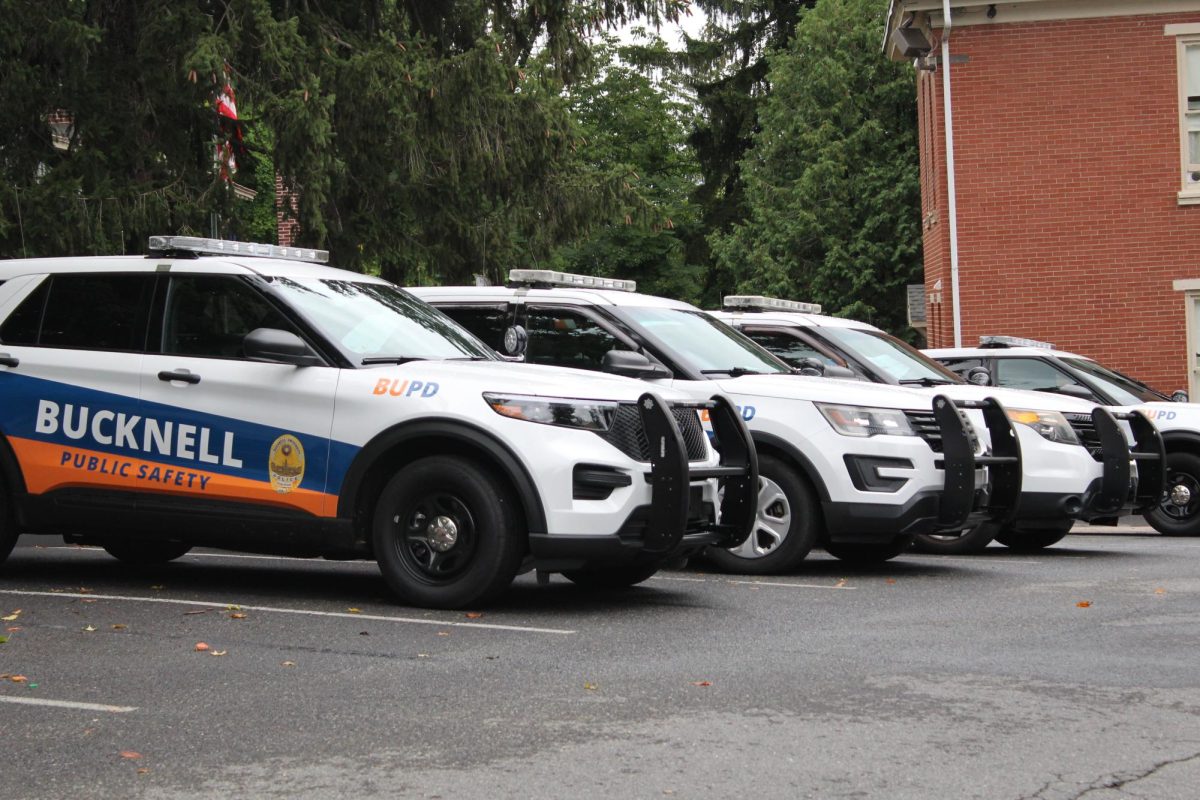
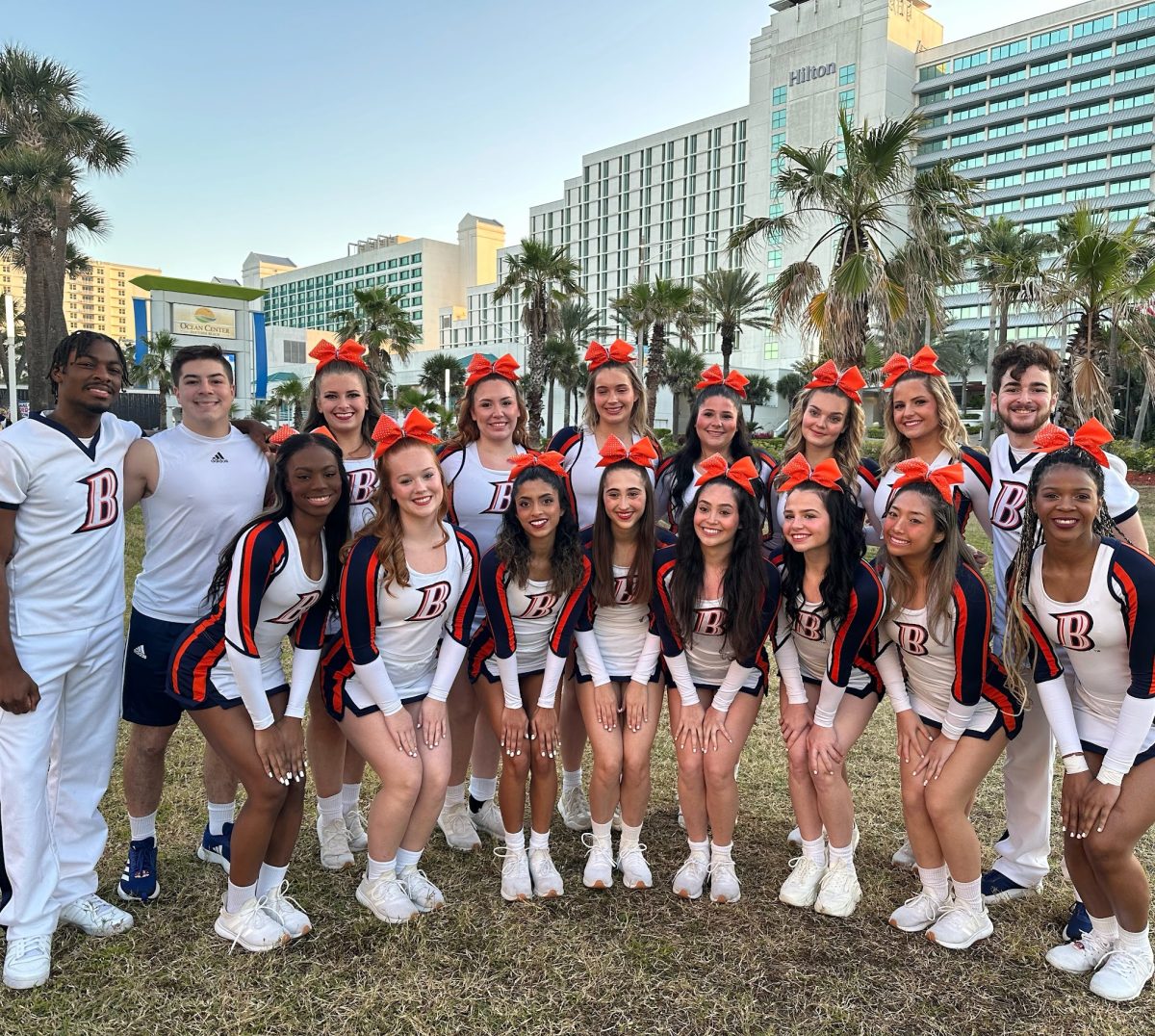




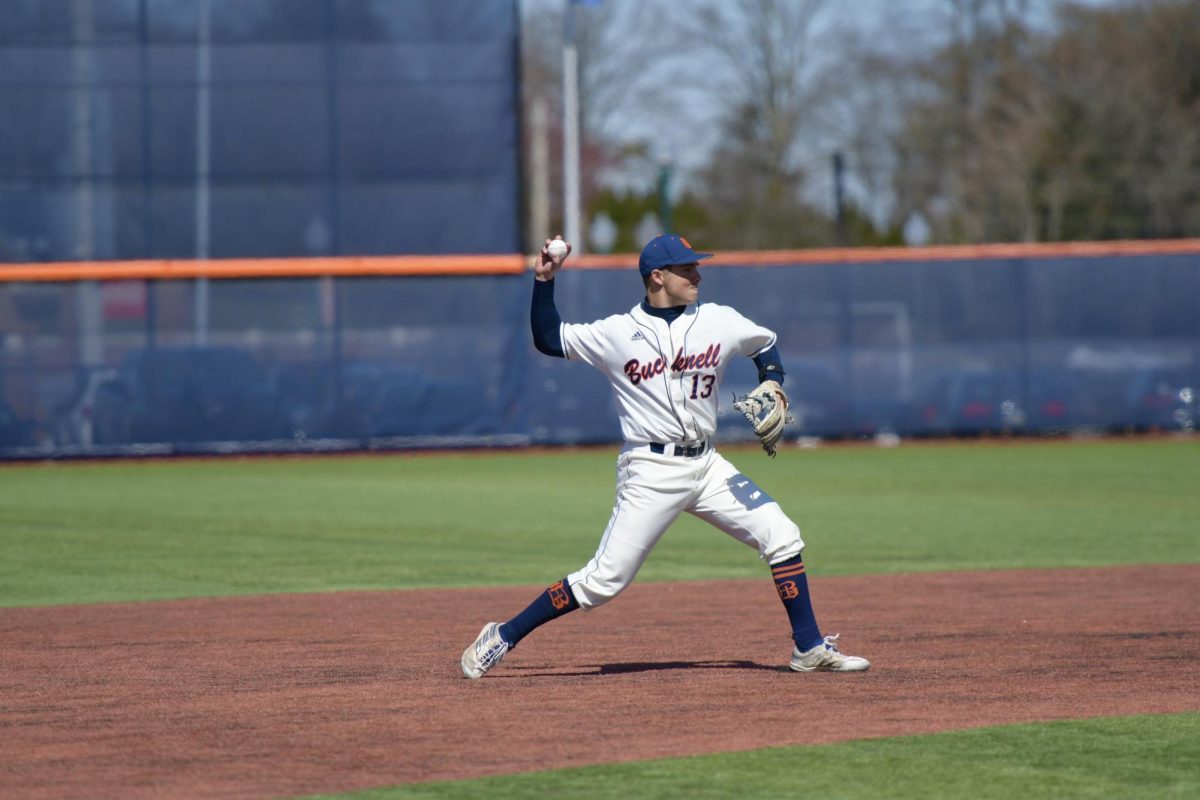
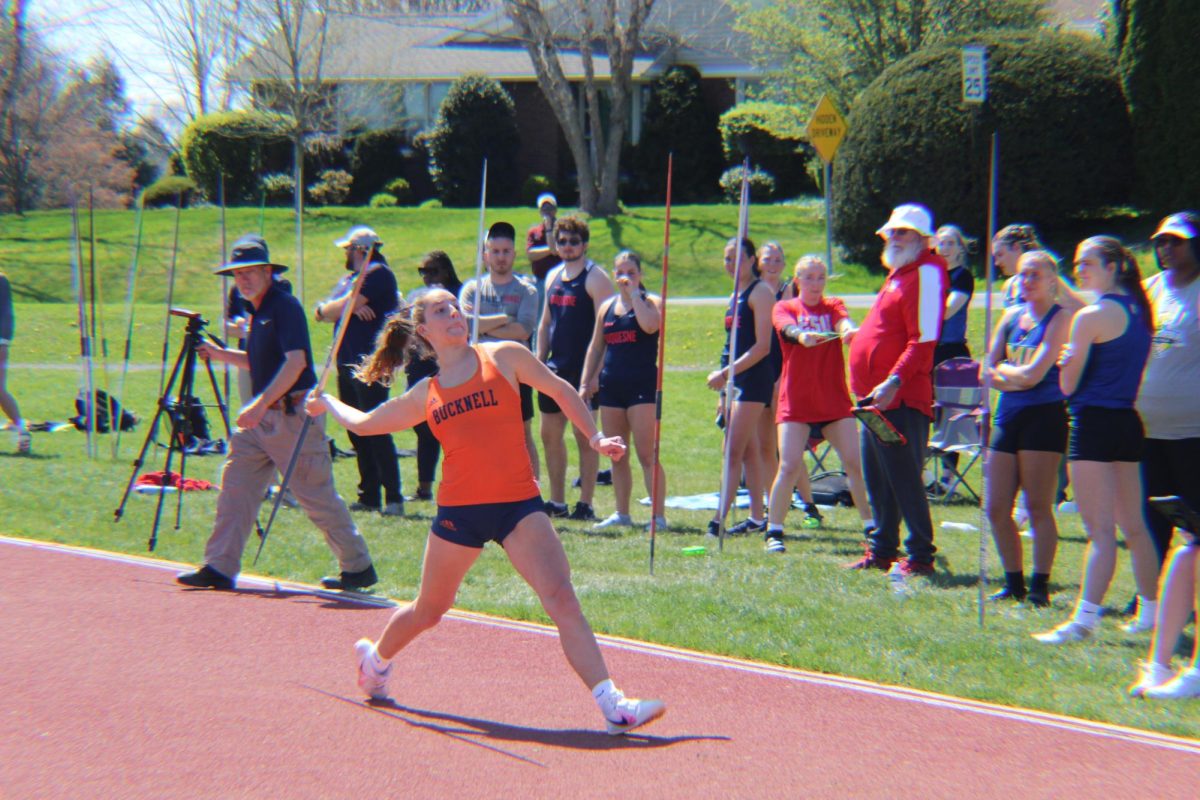
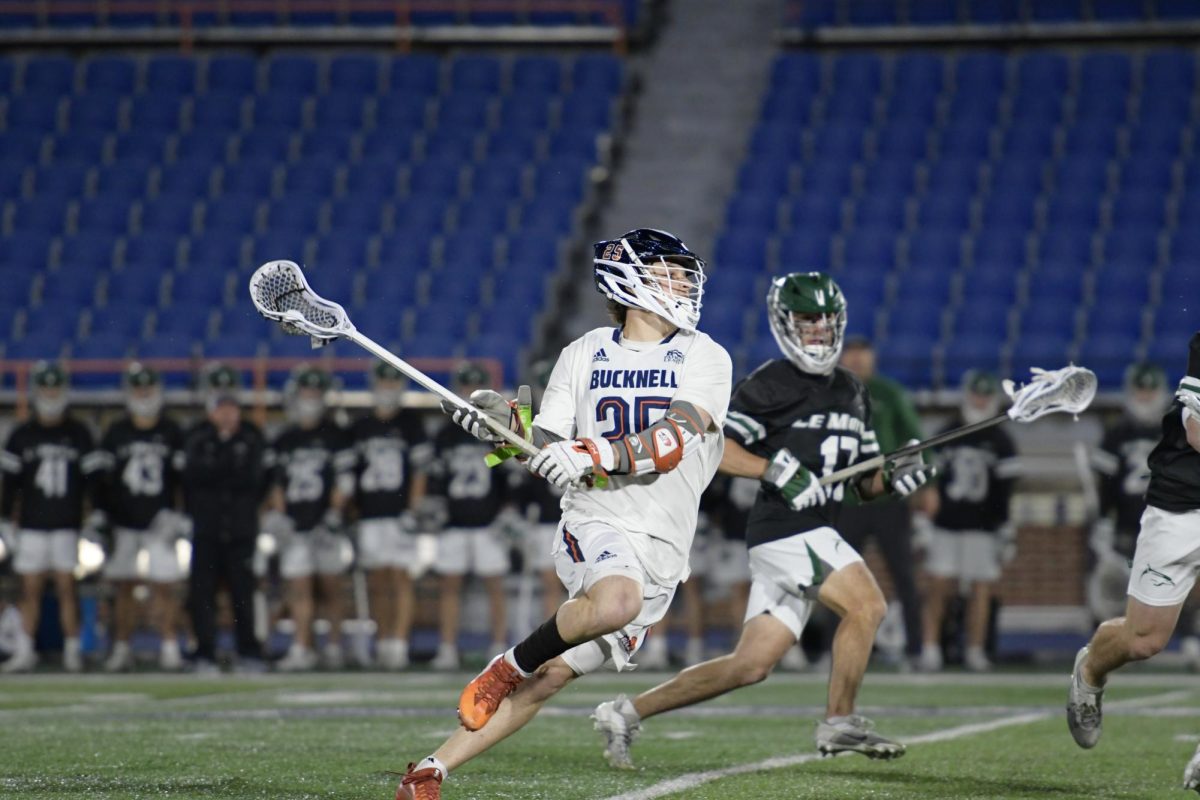





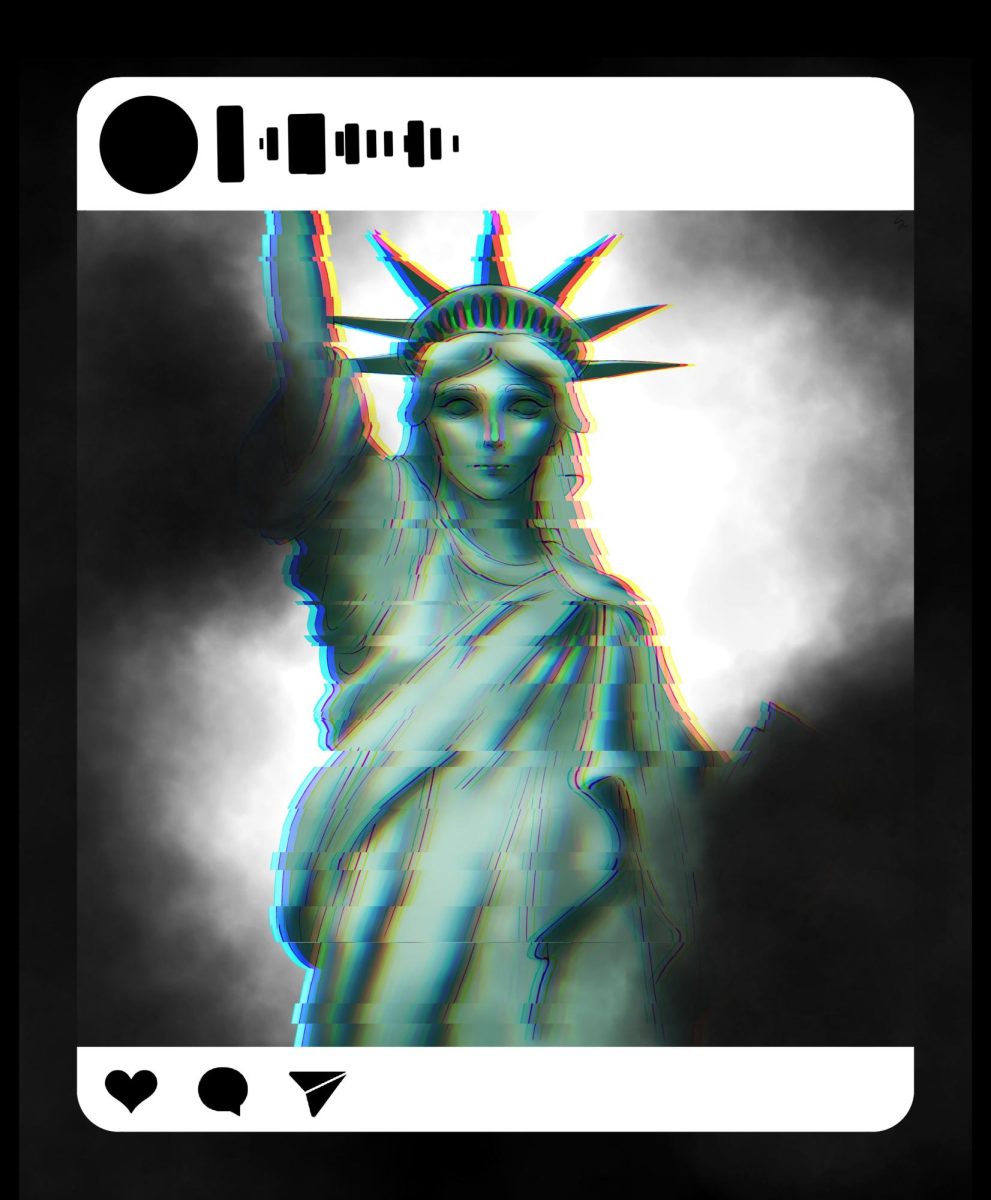

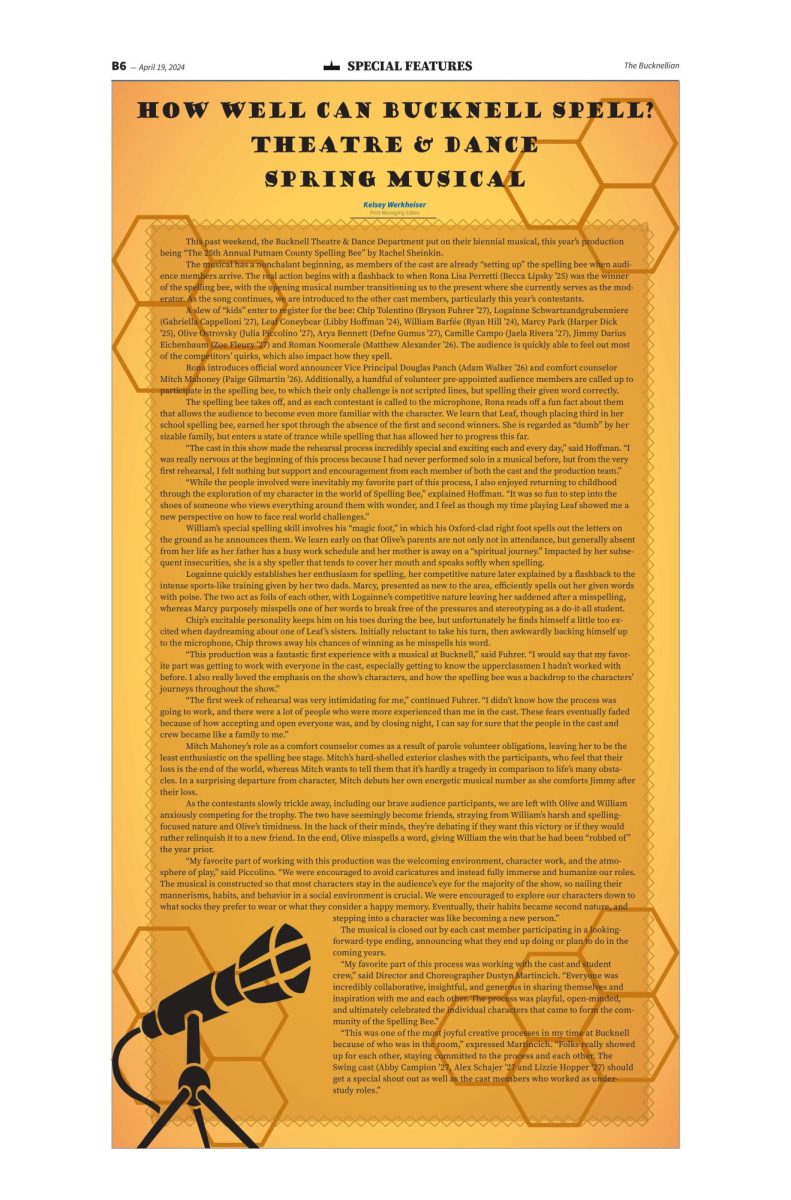
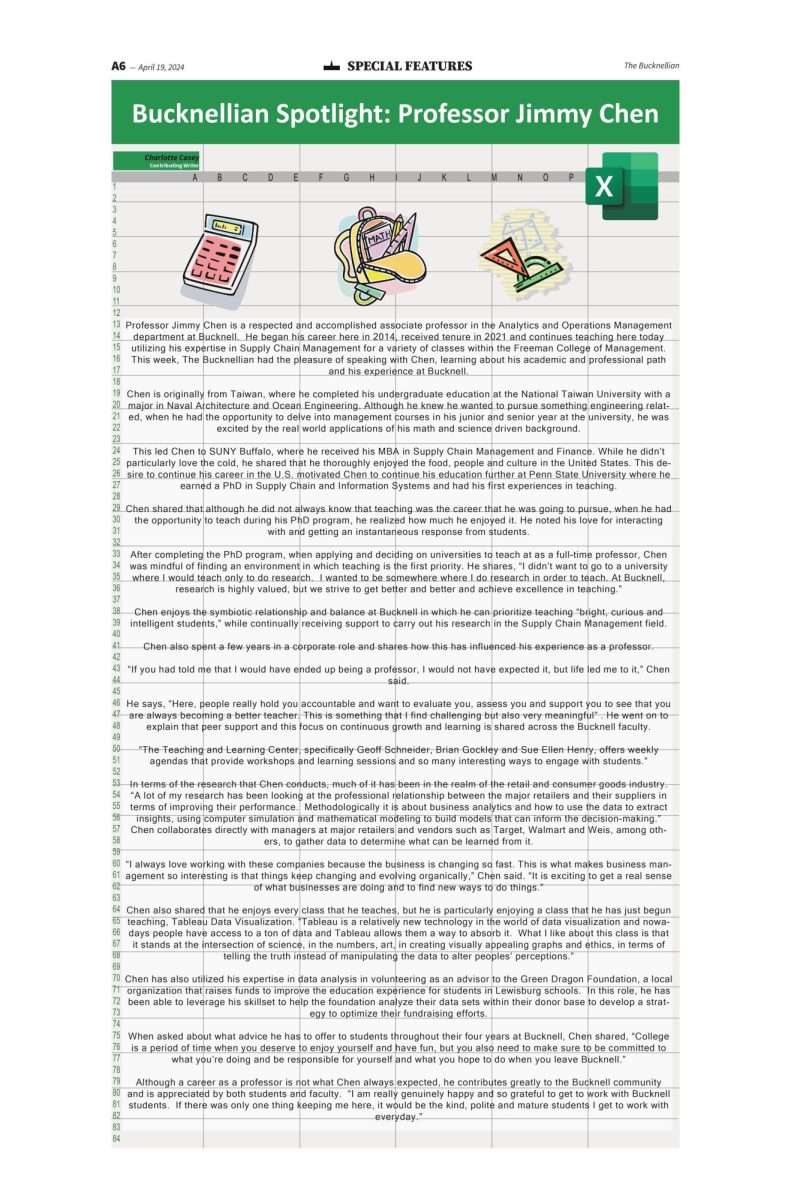


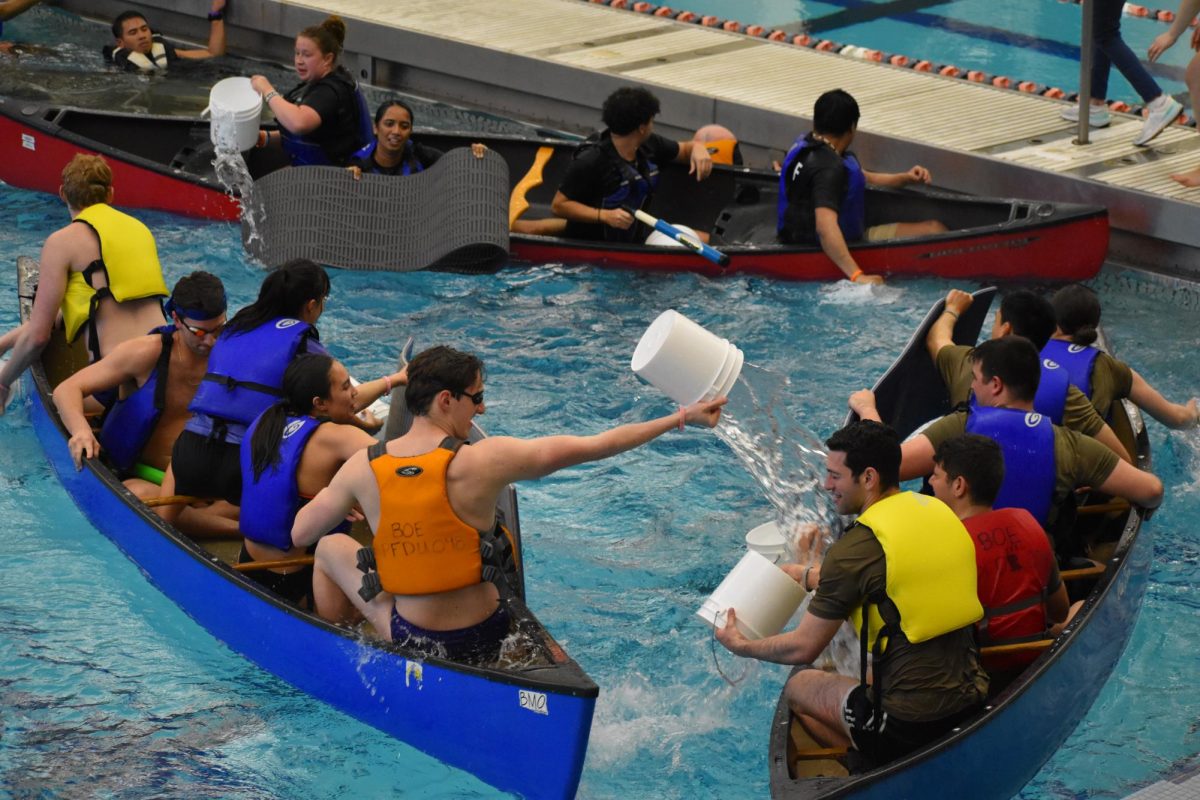


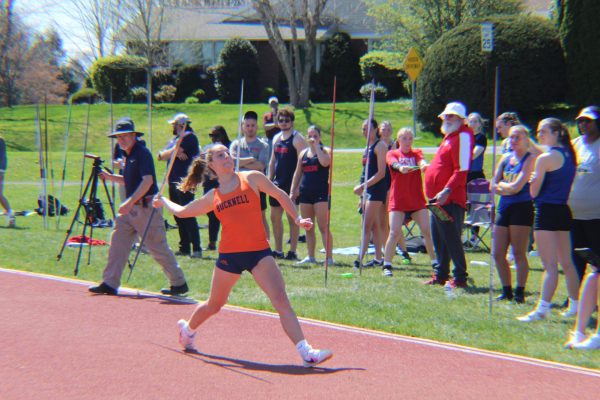


Dorothy Weaver • Sep 26, 2016 at 7:43 pm
My nephew Josh Brunais was a participant in the Paralympics, he was on the 7 a side men’s soccer. I was so disappointed this was not televised not even one game the only way we could watch was video streaming on computer. Paralympians work just as hard if not harder than the Olympians to be the best they can be in their sport yet there was only about 60 hours televised of the Paralympics. I noticed a lot of the other countries Had a lot more televised including the BBC in England. As far as I am concerned this does not look good for our country. Josh was very proud to represent the USA he was elected to carry the US flag at the closing ceremony
We as a country should make sure they all know how much we appreciate their hard work and dedication to their sport representing our country, we could at least show our support by doing a better job of televising this would get more people aware of and involved with the Paralympics they need all the support they can get!